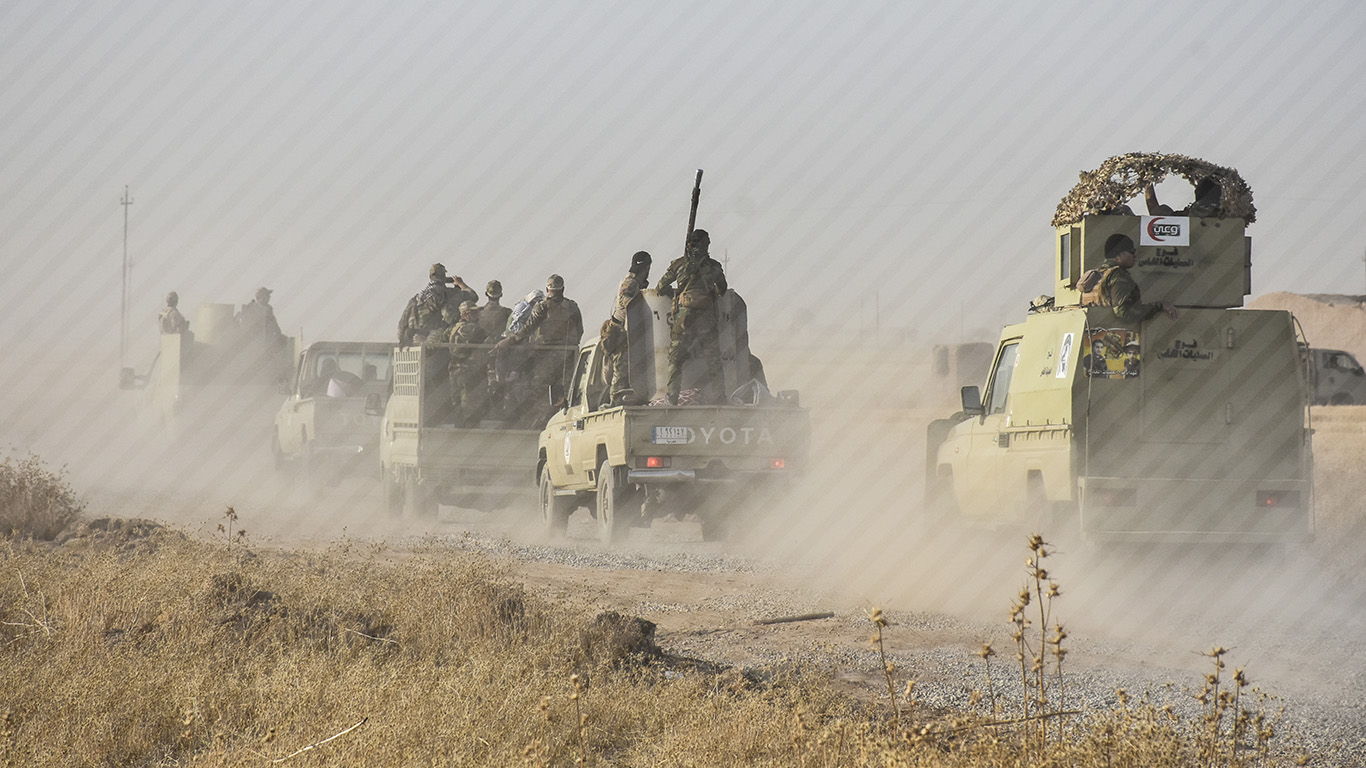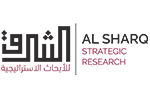The MENA region, which has been undergoing a significant transformation ever since the start of the Arab Spring, faces multidimensional security threats ranging from the flourishing of armed non-state actors to the divergent interest of regional and international powers. Countries mired in civil wars such as Libya, Syria and Yemen are the worst affected states from the proxy wars and power competition. The contest over emerging security and energy equation in the Eastern Mediterranean further exacerbate the security situation.
In an attempt to examine the shifting dynamics in the new battle lines, the impact of multipolarity and transforming relations between the regional and international powers in the MENA region, Al Sharq Strategic Research initiates its new security task force entitled “The MENA Region: Shared Insecurity in the Era of Multipolarity”. The task force is planned to be active for six months. Scores of publications are planned to be published under various tracks. In addition to that, the task force aims at organizing diverse webinars that will tackle different security issues and bring dozens of experts together from differing backgrounds.
The task force research themes can be summarized as follows:
MENA’s Conflict Flashpoints
- Libya: New Period, New Battle Lines
Libya is emerging as the primary flashpoint of regional geopolitics in the MENA region. All the feuds, divides and struggles which have defined regional politics since the onset of the Arab uprisings are currently playing out in Libya. More ominously, the battle of Libya is also drawing in all the major international actors. These fiercely fought ideological, political and geopolitical battles will not only shape the future of Libya and its citizens, but also reverberate through the region. The battle of Libya and the battle for Libya is essentially the continuation and culmination of the Middle East’s generation-long civil-war.
- Eastern Mediterranean: The Contest over a New Regional Security and Energy Order.
The center of gravity of regional politics has moved to the Eastern Mediterranean: From Libya to the power rivalries over gas fields, the Eastern Mediterranean is increasingly becoming a region rife with interlocking crises. Consequently, new regional blocks are emerging and the contest over a new security and energy order is fully underway. This contest will not solely define the balance of power in the Middle East, but also redefine the nature of relations between international, particularly European, and major regional powers.
- Armed Non-State Actors in the MENA Region: Declining or Flaring-up?
The COVID-19 pandemic and the collapse in oil prices have hit the economies of many regional and international powers badly. From Syria to Yemen and Iraq to Libya, all these dynamics have affected the (mis)fortune of the armed non-state actors. Given the link between dysfunctionality, fragmentation, state collapse and the rise of these actors, examining their future prospects has gained additional importance in the aftermath of the pandemic.
This track will study how these developments impacted the military and governance capacities of the main armed non-state actors. The research work will focus mainly on ISIS (Iraq and Syria), Hay’at Tahrir al-Sham (Syria), the Syrian Democratic Forces/PYD/YPG (Syria), and the Shiite Militias (Syria and Iraq).
II. MENA Regional Stability in the Flux of Change
1. Regimes in Transition: Charting Political Change Amid Regional Chaos
The recent wave of popular uprisings which swept across the MENA region in 2019 still continues today. It unleashed a regime change process in Sudan, opened up a political reform path in Algeria, and shook up the confessional regimes of Lebanon and Iraq. Furthermore, some other countries belong to the 2011 wave, such as Tunisia, are still struggling to keep its transitional process on track.
Therefore, this theme is dedicated to following different paths of political transformation in these vulnerable regimes and aims to examine how domestic political polarization and rivalries between regional powers will affect the trajectories and outcomes of the transition in the aforementioned case studies.
- Regional Alliances: Dynamics, Threat Perceptions, and Strategies
The political fallout from the uprisings in the MENA region is manifesting itself in the escalating rivalry for power amongst regional power blocs. On the one hand, regional divisions have seemingly become more distinct with three blocs currently existing in the region: Turkey, Qatar, GNA in Libya, political Islamists, and Syrian opposition can be described as one bloc. Another consists of an authoritarian quartet of the UAE, Saudi Arabia, Bahrain, and Egypt, and a third, Iran-centric bloc, covers Iran, partly Iraq, the Syrian regime, and Hezbollah.
On the other hand, these blocs may be more fluid than they appear: Despite being in the same bloc, Egypt and Saudi Arabia have differing opinions on the crisis in Yemen. The UAE shipped medical supplies twice to Iran to help it tackle the coronavirus, which triggered a modest level of bilateral coordination. At the same time, the authoritarian axis is also reaching out to the Syrian regime to arrange its return to the Arab League. Regional blocs also jockey for influence in non-allies such as Tunisia, Algeria, Kuwait, and Jordan.
- Middle East and International Powers: The Pang of Multipolarity
The restructuring of the Middle East at multiple levels is fully underway and the Middle East’s relations with international powers are undergoing one of the most major transformations. This region is no longer solely US-centric, instead its relations with international players are taking on a poly-centric quality. Russia’s increasing role in regional security and China’s deepening economic ties across the region are clear manifestations of this trend. At a time when criticism of US policy towards the region is almost ubiquitous in regional capitals, the role of new international powers in regional politics and security is triggering discussions and controversies not only in regional capitals, but also across the world.


 Al Sharq Strategic Research
Al Sharq Strategic Research